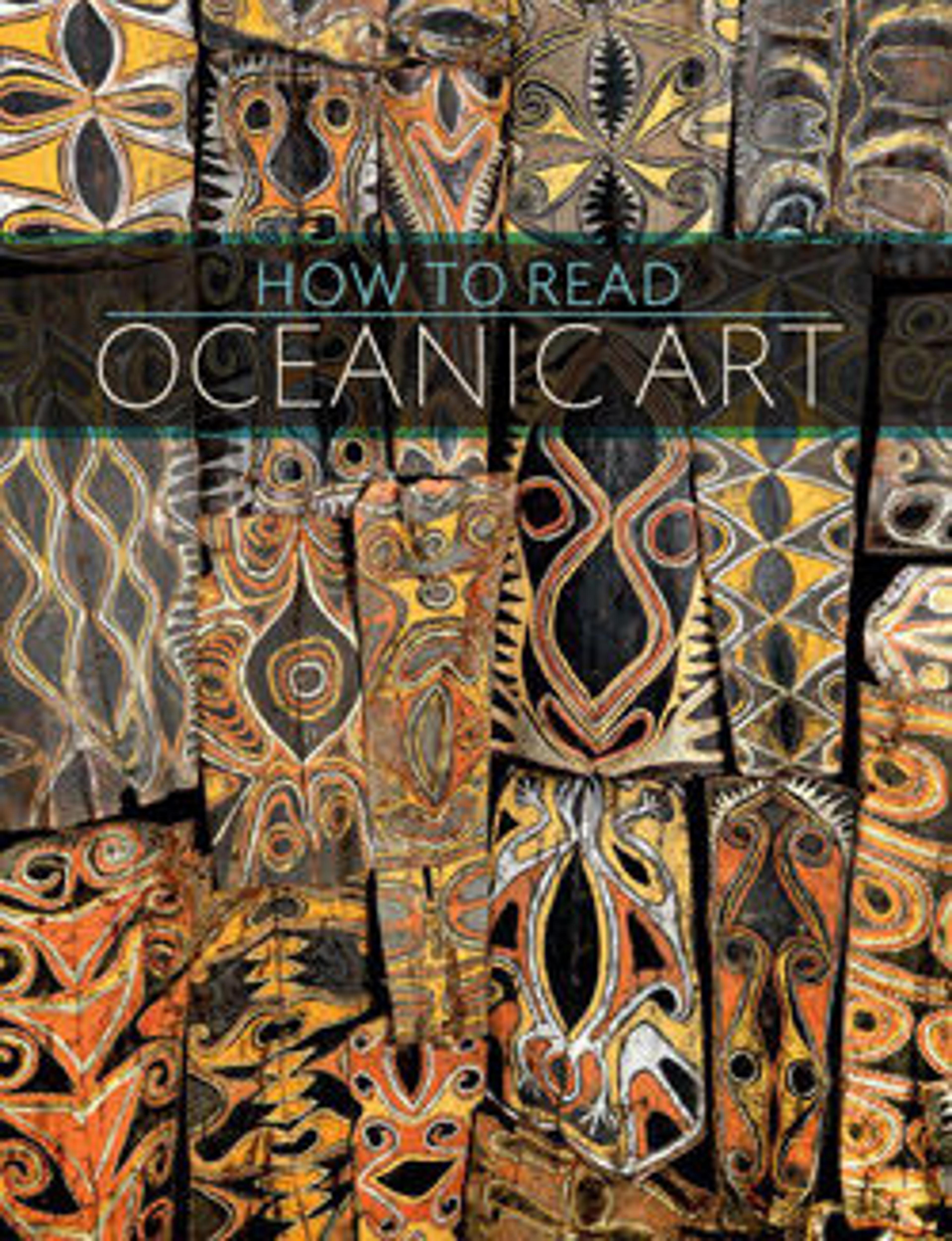Bowl (Apia nie)
The unique hourglass-shaped bowls, or apia nie, created on the islands of Wuvulu and Aua embody the spare, minimalist aesthetic of Micronesian art. Still made today, apia nie are used specifically to collect coconut milk, extracted by squeezing balls of grated coconut meat over the bowl. The wide shallow ends of the bowls curve gently downward toward the deeper center, in which the freshly squeezed liquid collects. Despite their apparent delicacy, apia nie are everyday vessels in widespread use. Many older examples develop a distinctive glossy patina through years of contact with the oil in the coconut milk. In most cases, the form of the vessel, as here, serves as its only adornment, but the interiors of some examples are painted with linear
geometric designs.
geometric designs.
Artwork Details
- Title: Bowl (Apia nie)
- Date: late 19th–early 20th century
- Geography: Papua New Guinea, Wuvulu
- Culture: Wuvuluvian
- Medium: Wood
- Dimensions: H. 1 3/4 x W. 7 1/4 x D. 12 5/8 in. (4.5 x 18.4 x 32.1 cm)
- Classification: Wood-Containers
- Credit Line: The Michael C. Rockefeller Memorial Collection, Bequest of Nelson A. Rockefeller, 1979
- Object Number: 1979.206.1428
- Curatorial Department: The Michael C. Rockefeller Wing
More Artwork
Research Resources
The Met provides unparalleled resources for research and welcomes an international community of students and scholars. The Met's Open Access API is where creators and researchers can connect to the The Met collection. Open Access data and public domain images are available for unrestricted commercial and noncommercial use without permission or fee.
To request images under copyright and other restrictions, please use this Image Request form.
Feedback
We continue to research and examine historical and cultural context for objects in The Met collection. If you have comments or questions about this object record, please contact us using the form below. The Museum looks forward to receiving your comments.
